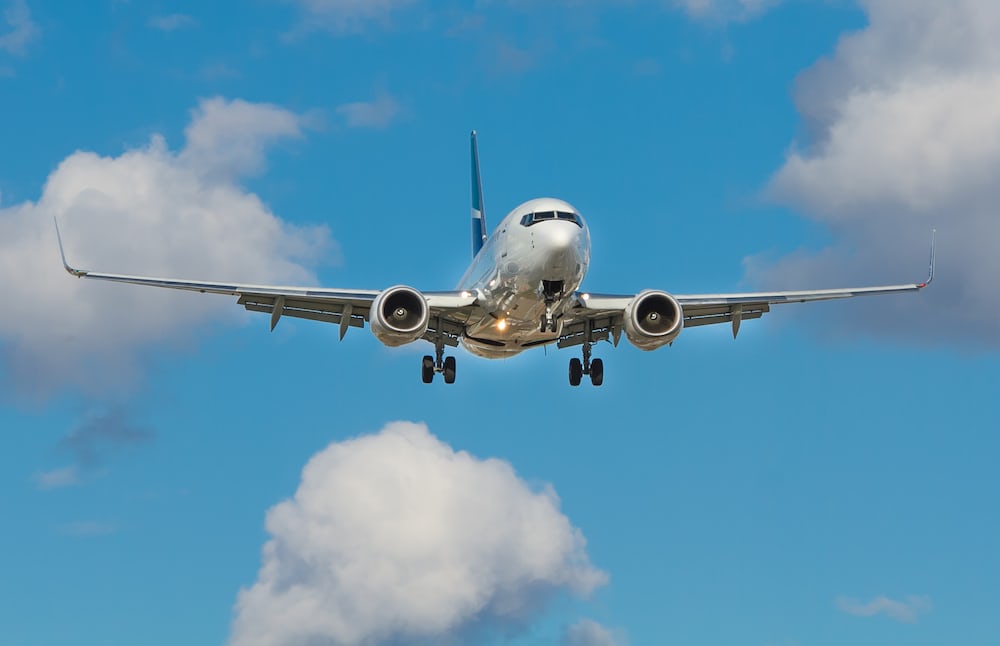Nearly half of men think they can safely land a plane in an emergency, survey finds
Imagine this scenario: you’re seated comfortably, heading towards your travel destination, when a flight attendant’s voice interrupts the silence, announcing, “Ladies and gentlemen, both pilots are unable to continue. Are there any passengers willing to assist in landing the plane with guidance from air traffic control?”
Many Americans believe they could handle the task – a January survey revealed that approximately one-third of adults in the U.S. feel confident in safely landing a passenger aircraft with guidance from air traffic control. Interestingly, this confidence level increases to nearly 50% among male respondents.
Can a person with no prior training simply guide everyone to a smooth touchdown?
We’ve all heard tales of passengers stepping up to save the day when a pilot becomes unresponsive. Last year, Darren Harrison successfully landed a twin-engine aircraft in Florida with the help of an air traffic controller who was also a flight instructor.
Yet, these incidents typically involve smaller, simpler aircraft, and piloting a larger commercial jet presents an entirely different challenge.
A pilot dedicates approximately 90% of their time to overseeing autopilot systems and ensuring their proper functioning. The remaining 10% is devoted to addressing issues, managing taxiing, and manually executing takeoffs and landings.
Takeoffs and landings are widely considered the most challenging aspects of a pilot’s responsibilities, requiring manual intervention in almost all cases. Autopilot-assisted landings are the exception rather than the norm and are limited to specific aircraft models on rare occasions.
During takeoff, the aircraft accelerates until the wings generate sufficient lift for ascent. The pilot meticulously monitors instruments and external cues, ensuring the aircraft remains centered on the runway until reaching takeoff speed.
Once airborne, pilots engage with air traffic control, navigate a designated path, retract landing gear, and maintain precise speed and direction while ascending.
Landing presents an even greater challenge, demanding precise control over the aircraft’s direction and descent rate. Successful landings necessitate maintaining optimal speed, managing gear and flap configurations, adhering to air traffic regulations, communication with air traffic control, and completing various checklists, both on paper and digitally.
On the ground, pilots utilize brakes and reverse thrust to halt the aircraft before the runway concludes. All these actions transpire within a brief time frame of just a few minutes.
The rapid, technical, and concentration-intensive nature of both takeoff and landing renders them unsuitable for untrained individuals. These maneuvers demand a diverse skill set acquired through extensive training, encompassing the interpretation of information from various gauges and the coordinated use of hands and feet.









It is very possible to land a commercial jet with ATC assistance. This video explains the process.
https://www.youtube.com/watch?v=ePDl1JNqjpM